The Largest Countries in Africa By Land Area
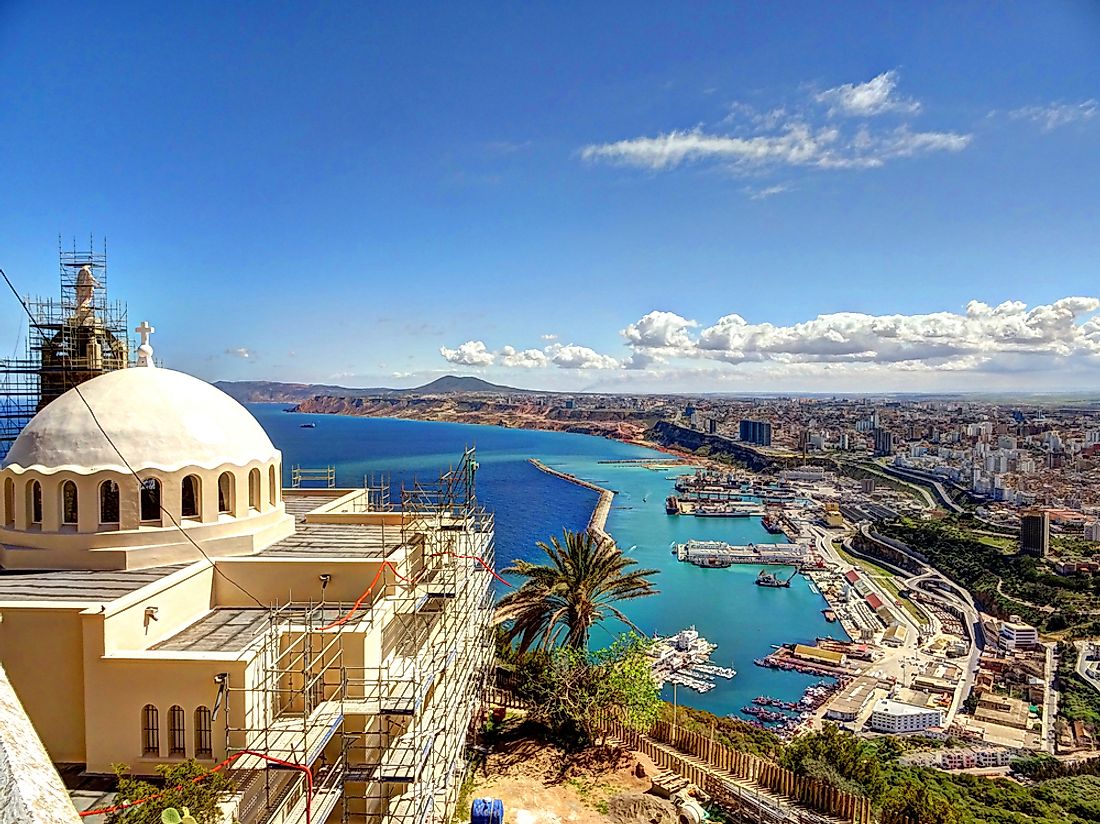
- After a vote supported by 98% of the southern Sudanese to secede, Sudan descended in rank as the largest country in Africa to the third place.
- The Republic of the Congo and the Democratic Republic of the Congo (DRC) are two separate countries, occupied initially by the French and Belgians, respectively.
- Algeria is the largest African country by land area, but only 12% of it is populated.
There are many stereotypes associated with Africa, including it being nothing but jungle and tribes, or warring nations with genocide, or where the children are always hungry. In reality, Africa is a group of countries that have dealt with years or even centuries of colonial rule, the effects of which some countries do still struggle to overcome. But despite that, it is a bustling hub for trade in the world, being rich in oil, growing fruits and crops for export, and with emerging business centers.
Each one of Africa’s largest countries is unique in its own way, with some being predominantly religious, some, at war, and others just existing peacefully, with hard-working nations everywhere, attempting to make a good standard of living for their children.
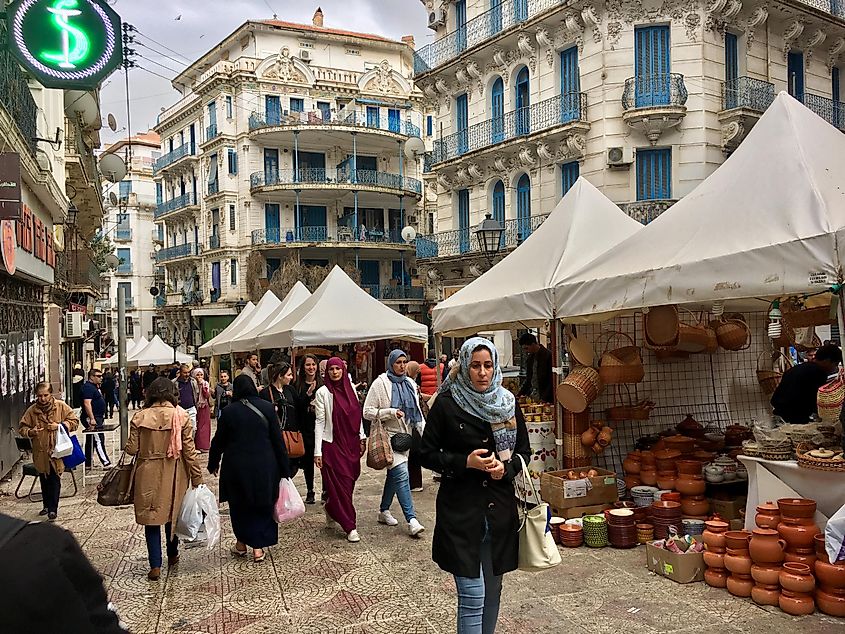
1. Algeria - 2,381,741 sq. km
Algeria is the biggest country in Africa and tenth-largest in the world, covering the land area of 2,381,741 sq. km. This was not always the case, with Sudan having held the rank of largest African country until South Sudan separated in 2011, dividing the nation into two countries. 90% of Algeria is desert, and only 12% of it is inhibited by people.
Since Islam is the main religion in Algeria, alcohol is absent from the majority of the stores, and often goes unlisted on the menus even if it is available. Algeria was a French colony from 1830 to 1962, so much of the population speaks French, along with Arabic and Berber.
Women hold a lot of power in Algeria, with 60% women judges and 70% women lawyers. The student body is also made up of 60% women, and for the most part, women receive higher incomes than men. This is a very unique case for Islamic nations or in Islam traditionally.
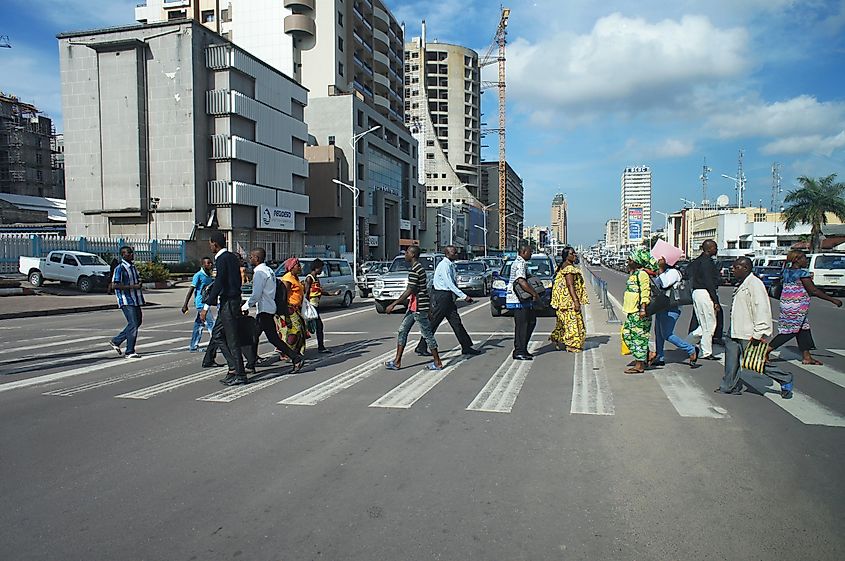
2. Democratic Republic of the Congo - 2,344,858 sq. km
With the equator crossing much of the African continent, the Democratic Republic of the Congo occupies much of this part of Africa. It is Africa's second-largest country by land area at 2,344,858 sq. km, and boasts a tropical climate at and near the 0° latitude.
Not to be confused with the Republic of the Congo, Democratic Republic of the Congo is often referred to by the acronym DRC, or by its capital and administrative center name, Kinshasa. Situated on the South-east side of the Congo River and the South Western border with the Republic of Congo, Kinshasa serves as the country's main port. The Republic of the Congo is often referred to plainly as Congo, or Brazzaville, which is its capital sitting on the north-west side of the Congo River.
In the late 1400s, this delta in the Congo River with the two port cities at each side was a major hub for trade, where the local inhabitants first came into contact with the Europeans who established control: the Belgians on the south-east bank and the French on the north-west.
The history of the Democratic Republic of the Congo dates back to the Leopold II of Belgium who claimed the land as his own in 1885, which was then taken over by the Belgian Government in 1908. On June 30, 1960, the Democratic Republic of the Congo proclaimed its independence. The French-claimed Congo received independence soon after, on August 15.
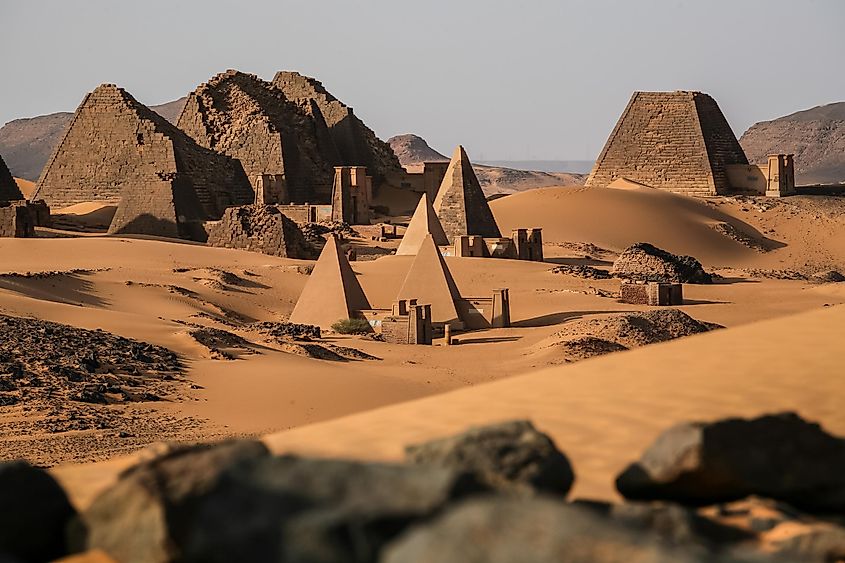
3. Sudan - 1,861,484 sq. km
Although pyramids are often associated with Egypt, Sudan, with over 200 of the ancient structures, is the land with the most pyramids in the world.
On July 9, 2011, South Sudan seceded after a vote supported by 98% of the southern Sudanese, which makes South Sudan the youngest country in the world, and leaves Sudan in the third place of African countries ranked by land size, at 1,861,484 sq. km. This was a long-term after-effect of the African civil war, while the dispute over the right to the oil-rich Abyei region still persists today. Sudan lost over 75% of its oil supply as a result of this separation.
The first warrant for arrest was issued in 2008 for the former military leader and the last president of Sudan, Omar al-Bashir. He was finally placed under arrest after a military coup in 2019 for his crimes against humanity, war crimes, and the genocide in Darfur, and his trial began in July 2020.
In Sudan, it is prohibited to consume alcohol ever since the Sudanese president, al-Nimeiry, enforced sharia law throughout the country and poured the entire stock of it into the Nile river, in 1983. Premarital sex and drinking in Sudan are punishable by whipping, theft by amputation, and homosexuality by death, but more commonly the accused are whipped.
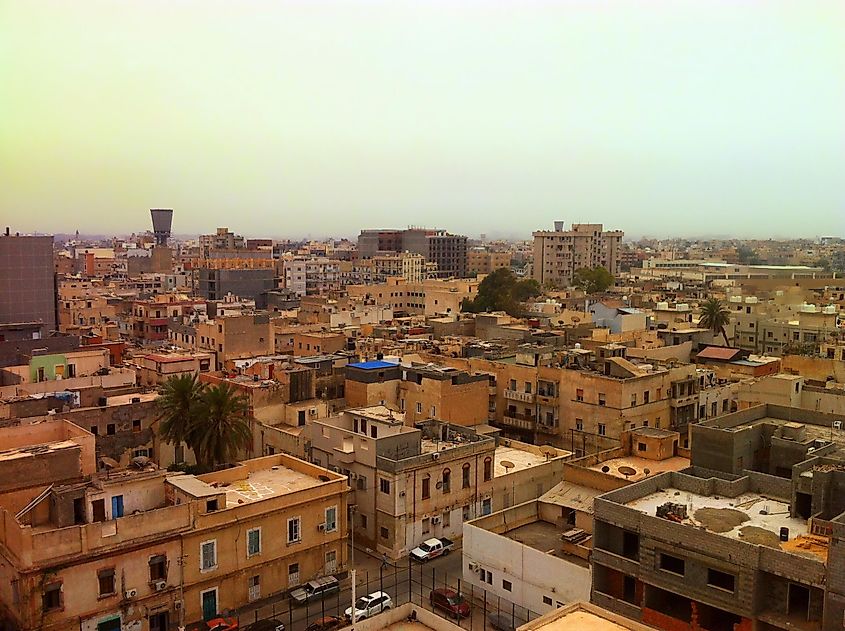
4. Libya - 1,759,540 sq. km
Covering the land area of 1,759,540 sq. km, Libya's population is 6,890,535, and one out of every five Libyans is unemployed. This is still an improvement over its 30% unemployment rate in 2004 in this nation that was once an Italian colony. Sharing very different views on power, Libya has been in a long-standing conflict with the US: from bombings to embargos on oil, to attempts at reconciliation, thwarted by the nation's leader until 2011 Muammar al-Qaddafi's criticisms of the Western nation.
After a protest against Qaddafi turned into a massive killing in February 2011 by the security forces, warplanes and helicopter gunships, more protests arose throughout the country, igniting the Libya Civil War. With over the 48 billion barrels of oil reserves on its territory, Libya’s civil war around oil wealth also contributed to the present-day civil war, involving ISIS and other military groups scattered around the country.
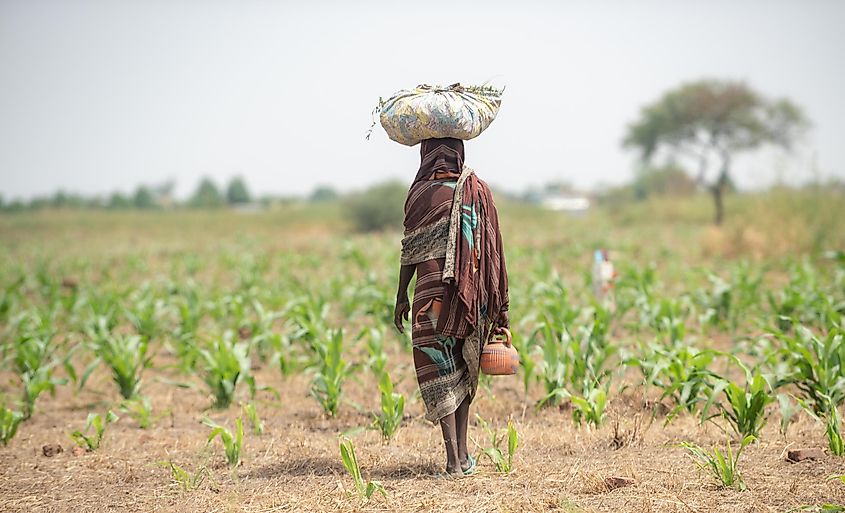
5. Chad - 1,284,000 sq. km
Fifth in size on the African continent with the land area of 1,284,000 sq. km, Chad has a very low population density of 20 persons per square mile. Remarkably, it features the lowest unemployment rate out of the countries on this list, at 2%, speaking volumes for its nationals, who work mostly in agriculture, growing cotton in the south, and raising cattle in the central regions.
Chad is a former French colony. The French overthrew the dictator Rābiḥ in 1900 and established the colony under their protection, but due to France's involvement in both World Wars, their protection did not do much for progression in Chad. The nation of Chad assisted the French during the Second World War, and France rule over the country was lifted in increments until its independence in 1960.
The Largest Countries in Africa By Land Area
| Rank | Country | Land area in square kilometers |
|---|---|---|
| 1 | Algeria | 2,381,741 |
| 2 | Democratic Republic of the Congo | 2,344,858 |
| 3 | Sudan | 1,861,484 |
| 4 | Libya | 1,759,540 |
| 5 | Chad | 1,284,000 |
| 6 | Niger | 1,267,000 |
| 7 | Angola | 1,246,700 |
| 8 | Mali | 1,240,192 |
| 9 | South Africa | 1,221,037 |
| 10 | Ethiopia | 1,104,300 |
| 11 | Mauritania | 1,030,700 |
| 12 | Egypt | 1,001,449 |
| 13 | Tanzania | 945,203 |
| 14 | Nigeria | 923,768 |
| 15 | Namibia | 825,418 |
| 16 | Mozambique | 801,590 |
| 17 | Zambia | 752,614 |
| 18 | Morocco | 710,850 |
| 19 | South Sudan | 644,329 |
| 20 | Somalia | 637,657 |
| 21 | Central African Republic | 622,984 |
| 22 | Madagascar | 587,041 |
| 23 | Botswana | 581,726 |
| 24 | Kenya | 580,367 |
| 25 | Cameroon | 475,442 |
| 26 | Zimbabwe | 390,757 |
| 27 | Republic of the Congo | 342,000 |
| 28 | Ivory Coast (Côte d'Ivoire) | 322,460 |
| 29 | Burkina Faso | 274,000 |
| 30 | Gabon | 267,668 |
| 31 | Guinea | 245,857 |
| 32 | Ghana | 238,534 |
| 33 | Uganda | 236,040 |
| 34 | Senegal | 196,723 |
| 35 | Tunisia | 163,610 |
| 36 | Malawi | 118,484 |
| 37 | Eritrea | 117,600 |
| 38 | Benin | 112,622 |
| 39 | Liberia | 111,369 |
| 40 | Sierra Leone | 71,740 |
| 41 | Togo | 56,785 |
| 42 | Guinea-Bissau | 36,125 |
| 43 | Lesotho | 30,355 |
| 44 | Equatorial Guinea | 28,051 |
| 45 | Burundi | 27,830 |
| 46 | Rwanda | 26,798 |
| 47 | Djibouti | 23,200 |
| 48 | Eswatini (Swaziland) | 17,364 |
| 49 | Gambia, The | 10,380 |
| 50 | Cape Verde | 4,033 |
| 51 | Comoros | 2,235 |
| 52 | Mauritius | 2,040 |
| 53 | São Tomé and Príncipe | 964 |
| 54 | Seychelles | 451 |











